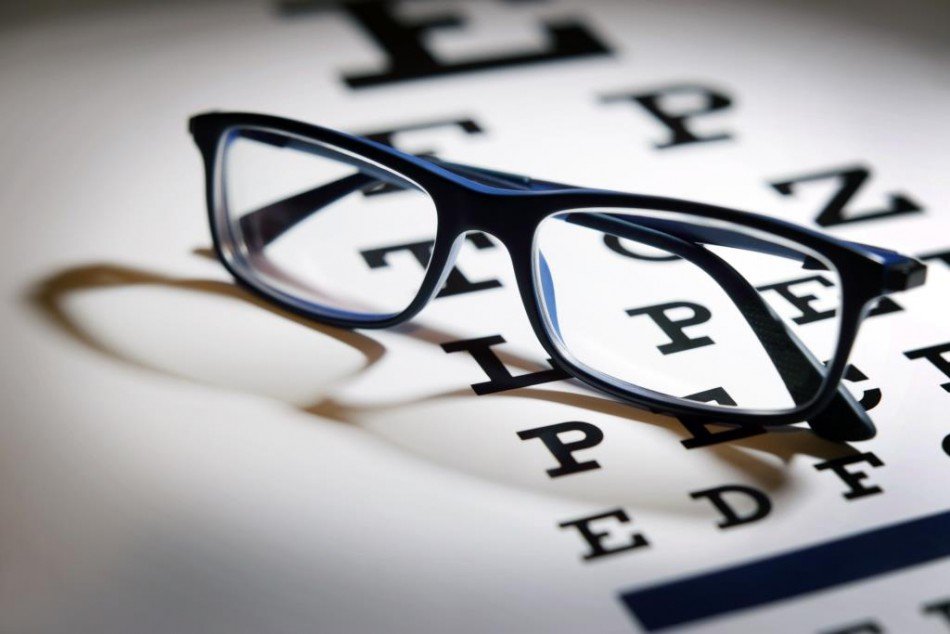Linda Varga
It is never good when someone uses the word lazy to describe any part of you. “Lazy: adjective; not liking to work hard or to be active; not having much activity; moving slowly” (Merriam-Webster, 2014). Nobody wants to be called lazy and nobody wants to admit they are lazy.
“Hello. My name is Linda and I have a lazy eye.”
The first time I really noticed was at the tender age of 15. I was signing up for my beginner’s license (back then you could get a beginner’s at 15 and your license at 16) and I was asked to perform an eye exam. They didn’t use the white poster with different-sized letters for this test. They had a box-like device with a digital screen at the back and a viewer at the front that you put your eyes to, which blocked out any external light. All you could see was black. Then some letters would appear and you had to read the characters to the optometrist. My left eye passed with flying colours. My right eye could not read a single character (and, to be fair, they were small characters inside this big black void). But I had perfect vision in one eye and that was all I needed to get my beginner’s permit. I remember reading it proudly when I noticed the grade they gave me on my eyesight: 20/200 vision. I’ve heard of 20/20 vision but 20/200?
I had gone to an eye doctor when I was in grade school and got glasses for reading and to reduce eye stress. (I was so proud of them! They had a pretty red tint to the frame.) But I’m perplexed at how my optometrist didn’t realize I had a lazy eye. No matter what he did, the vision in my right eye never improved. The glasses I ended up getting actually had plain glass for the right lens, which kind of threw off my depth perception since the left lens made things appear closer than my right.
It wasn’t until my 20s that my family physician told me that it sounded like I had a lazy eye. I finally began to understand what I was experiencing. She said that my right eye hadn’t fully developed when I was born and, if they had figured this out when I was a child, they would have put a patch on my good eye to force my bad one to develop. But as this treatment is only successful in children, it would not help improve my vision as an adult.
Fortunately, new research suggests there is a way to significantly improve my vision even as an adult. The answer is TETRIS. Researchers have adapted the game to force both eyes to work together. One eye sees only the falling bricks and the other eye sees only the bricks on the ground. This inhibits my good eye from overcompensating for the poor one, encouraging it to become stronger. Research shows that, after only two weeks, patients who played the game experienced significant improvement in their vision. There is even an app requiring 3D glasses, but I’m not sure they would be as effective. The point is there is hope for my lazy eye… And the bonus is that I get to play video games too!
For more information on this Tetris research, click here.
Linda Varga





